
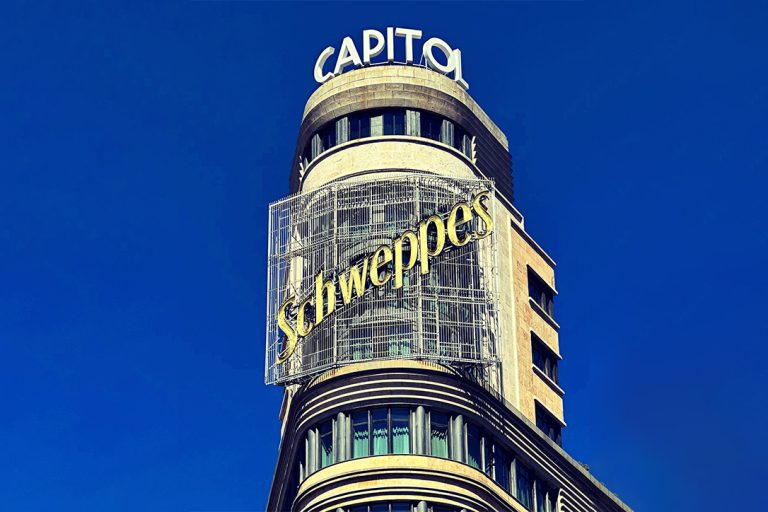
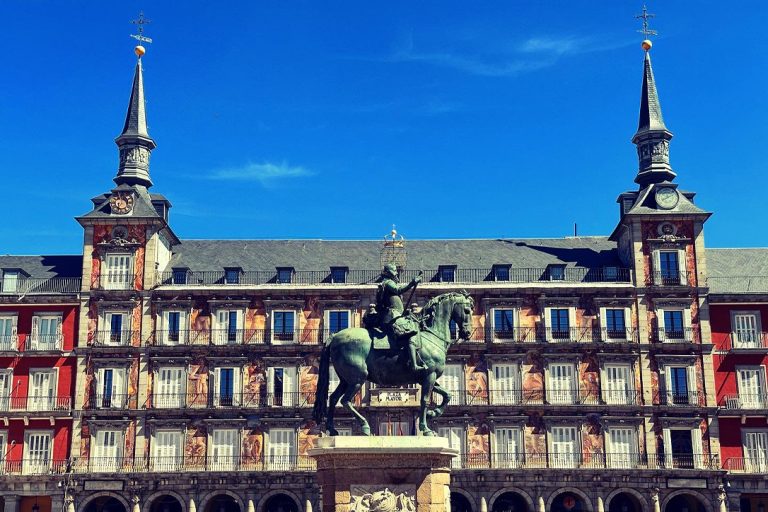
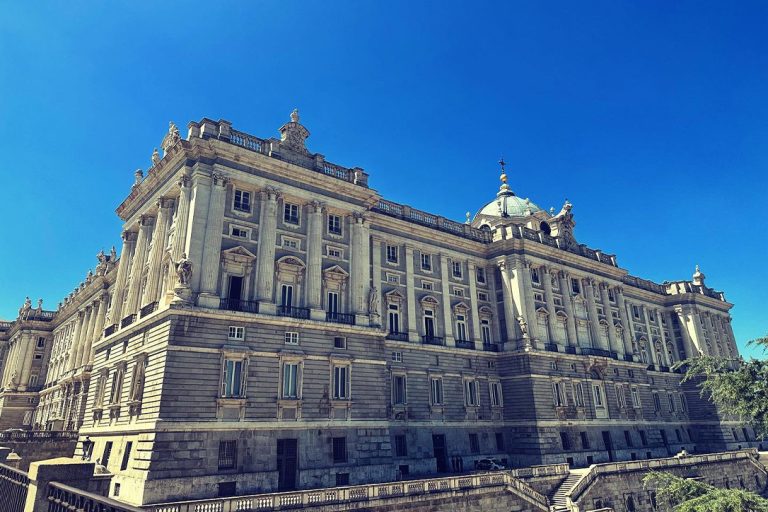
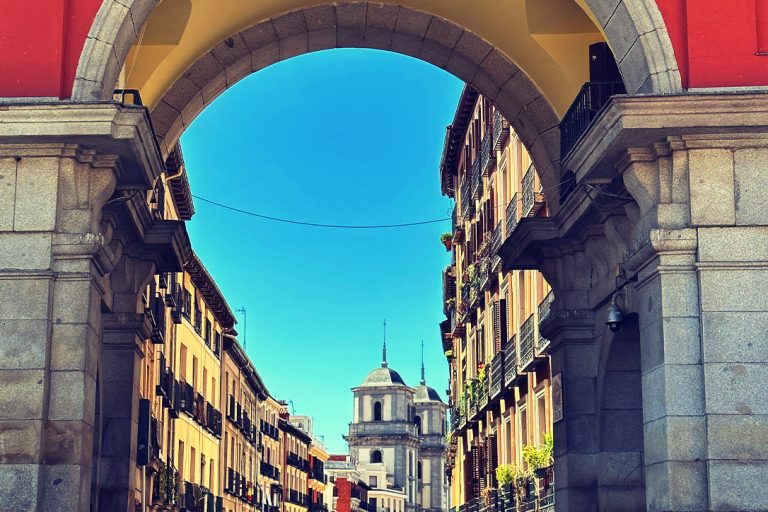
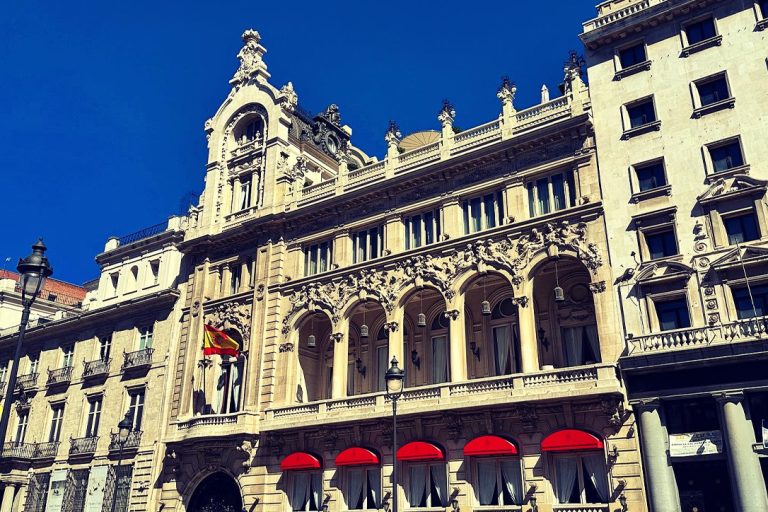
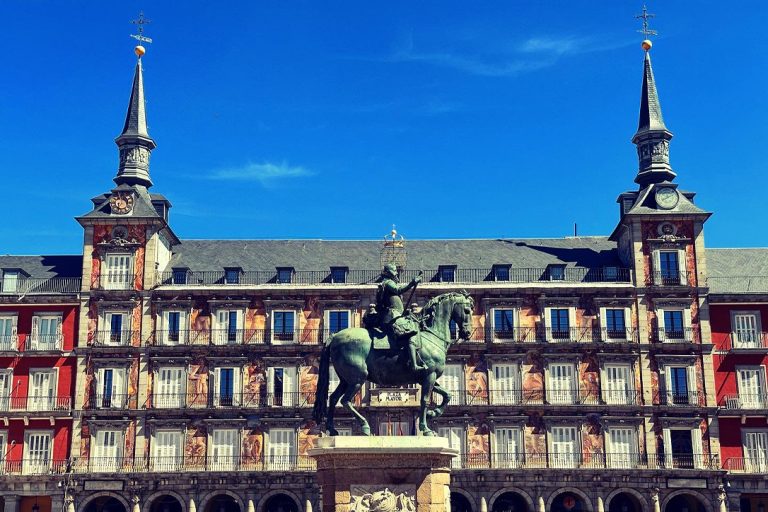
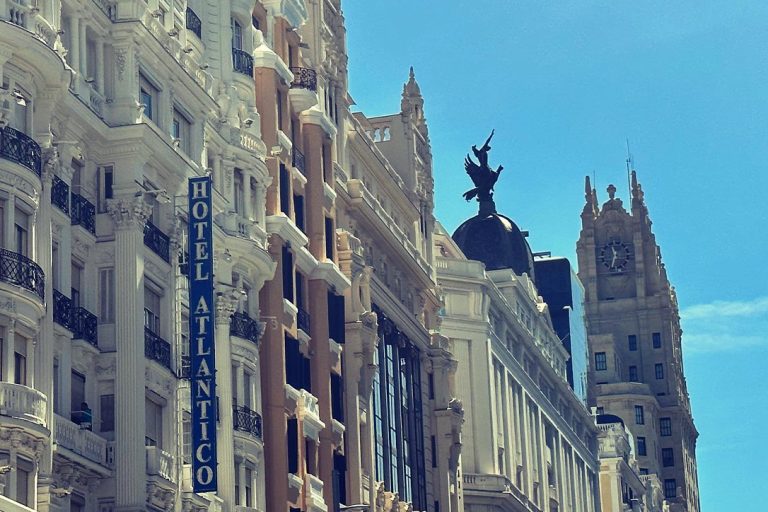
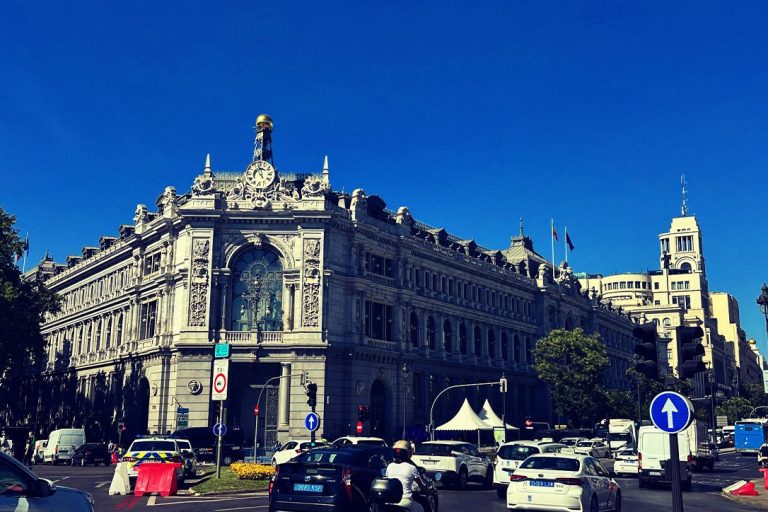
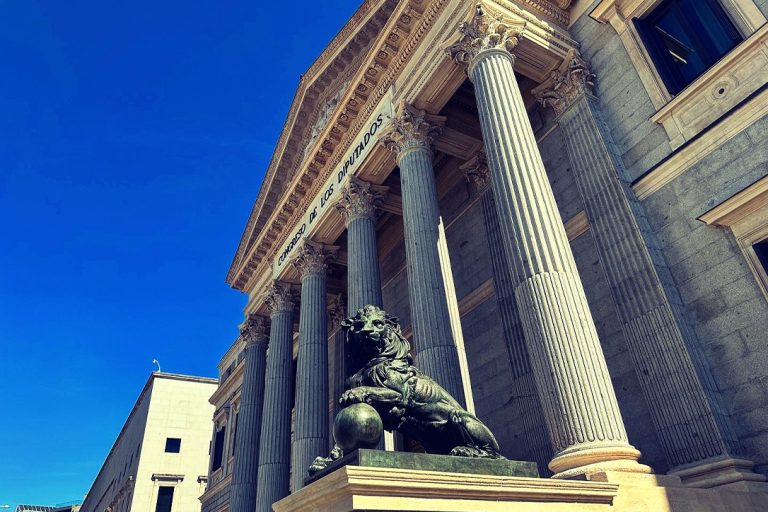
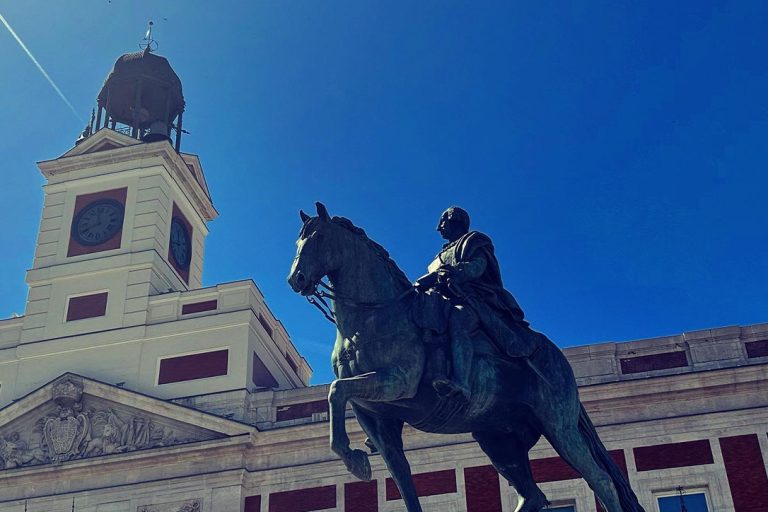
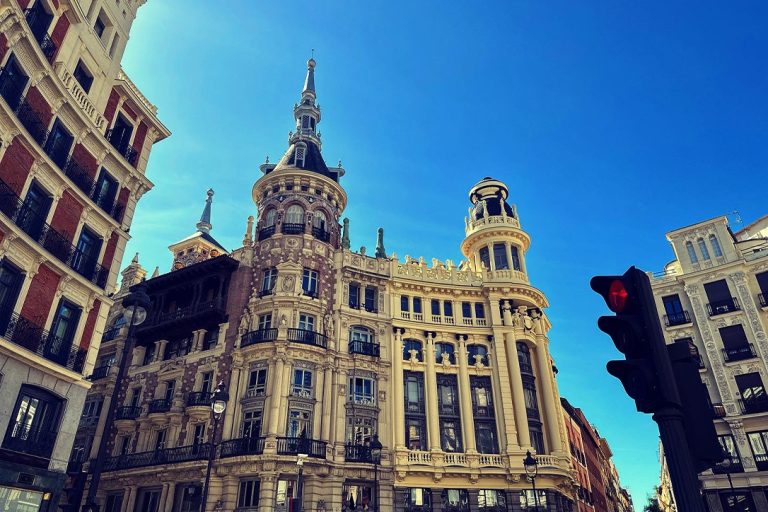
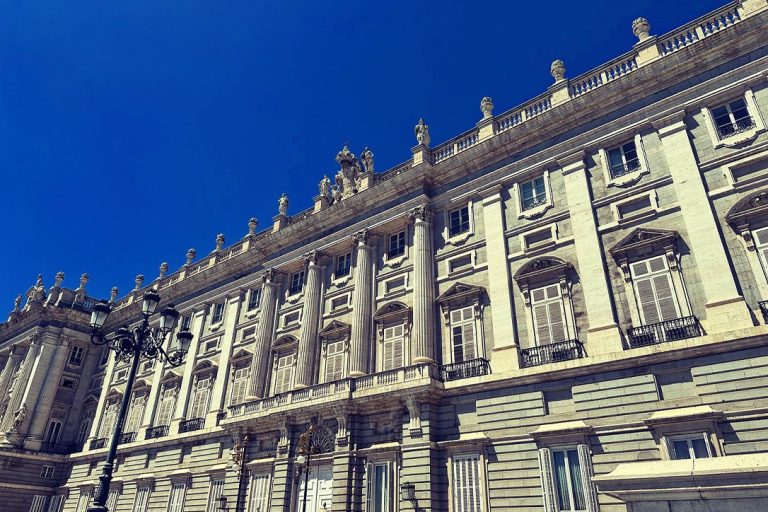
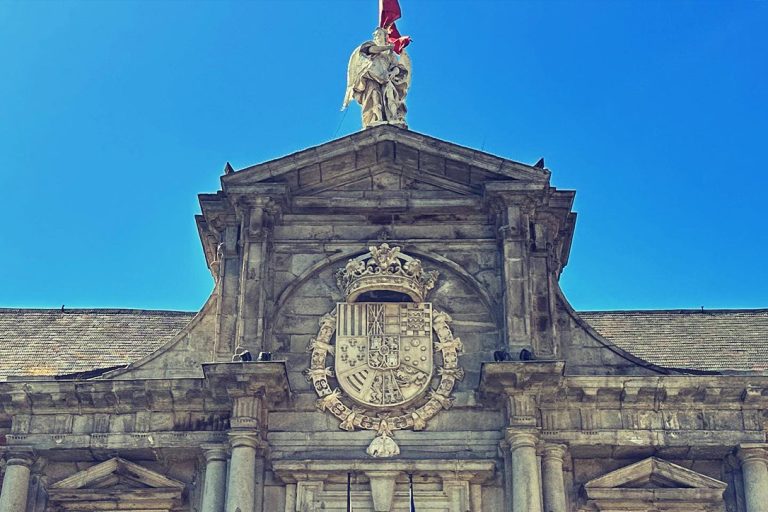

Tour of the area's most important and monumental of Madrid, where part of getting to know the most important monuments of the city, we will delve into the historical events that left their mark in the Capital of Spain.
Tour of the area's most important and monumental of Madrid, where part of getting to know the most important monuments of the city, we will delve into the historical events that left their mark in the Capital of Spain.
2 horas y 15 minutos aproximadamente.
You will find us in the Independence Square (Puerta de Alcalá), Retiro Metro (L2), next to the access door to the Retiro Park. The Guide will be a RED SIGN with the word ÍTAKA and accreditation official Tourist Guide.
Spanish
En este recorrido visitaremos la parte más importante y monumental de Madrid , conociendo su historia a través de sus bellos monumentos. Comenzaremos el recorrido en la Puerta de Alcalá desde donde visitaremos el Barrio de los Borbones , recientemente nombrado Patrimonio de la Humanidad por la UNESCO. Aquí encontraremos edificios importantes como el Banco de España, el Palacio de Cibeles o la Real Academia de Bellas Artes de San Fernando y fuentes como la de La Cibeles . En el Barrio de los Austrias encontraremos lugares importantes como la Plaza Mayor, el Palacio Real, la Plaza de la Villa o el Mercado de San Miguel . El punto final del recorrido será la Plaza de Oriente. No faltarán recomendaciones culturales, gastronómicas y de todo tipo en el recorrido.
2 horas y 15 minutos aproximadamente.
You will find us in the Independence Square (Puerta de Alcalá), Retiro Metro (L2), next to the access door to the Retiro Park. The Guide will be a RED SIGN with the word ÍTAKA and accreditation official Tourist Guide.
Spanish
Leave your assessment on the tour in this e-mail address: itakatours.info@gmail.com